Entry Category: Museums and Historic Sites
 Trumann Library and Museum
Trumann Library and Museum
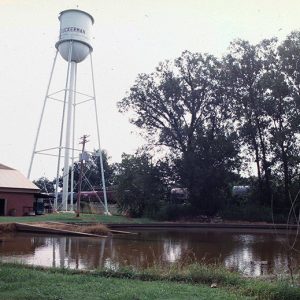 Tuckerman Water Tower
Tuckerman Water Tower
Tuckerman Water Tower
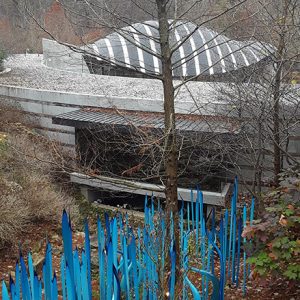 Turquoise Reeds and Ozark Fiori
Turquoise Reeds and Ozark Fiori
Twelve Oaks
Two Rivers Museum
 Two Rivers Museum Brochure
Two Rivers Museum Brochure
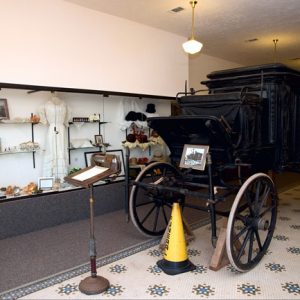 Two Rivers Museum
Two Rivers Museum
 Tyrannosaurus Rex Statue
Tyrannosaurus Rex Statue
Tyronza Water Tower
 Tyson Family Commercial Building
Tyson Family Commercial Building
Tyson Family Commercial Building
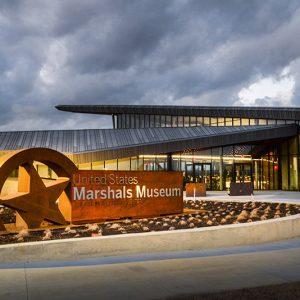 U.S. Marshals Museum
U.S. Marshals Museum
 U.S. Marshals Museum
U.S. Marshals Museum
U.S. Marshals Museum
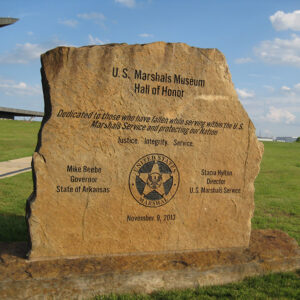 U.S. Marshals Museum Monument
U.S. Marshals Museum Monument
 U.S. Marshals Museum Sign
U.S. Marshals Museum Sign
 U.S. Marshals Museum Statue
U.S. Marshals Museum Statue
 UA Museum
UA Museum
Underground Hospital
aka: Fifty-fifth General Hospital
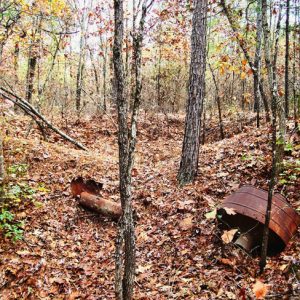 Underground Hospital Location
Underground Hospital Location
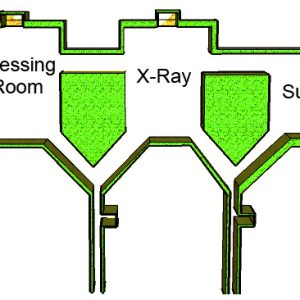 Underground Hospital Location
Underground Hospital Location
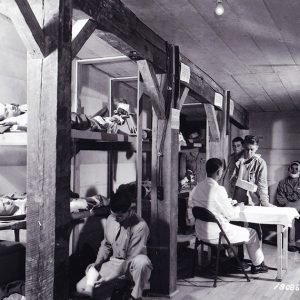 Underground Hospital Bunks
Underground Hospital Bunks
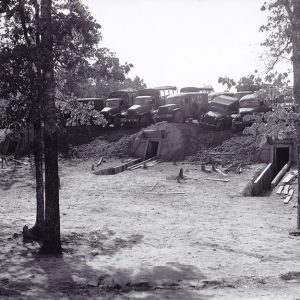 Underground Hospital Entrance
Underground Hospital Entrance
 Underground Hospital Exit
Underground Hospital Exit
 Underground Hospital Plan
Underground Hospital Plan
Union County Courthouse
Union Station
aka: MoPac Station
University of Arkansas Museum
University of Arkansas Senior Walk
 USS Hoga (YT-146)
USS Hoga (YT-146)
 USS Hoga
USS Hoga
USS Hoga (YT-146)
aka: City of Oakland [Boat]
 USS Razorback Information Sign
USS Razorback Information Sign
Van Buren County Courthouse
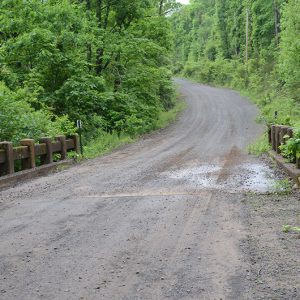 Van Buren County Road 2E Bridge
Van Buren County Road 2E Bridge
Van Buren County Road 2E Bridge
Van Buren Post Office
Van Winkle’s Mill
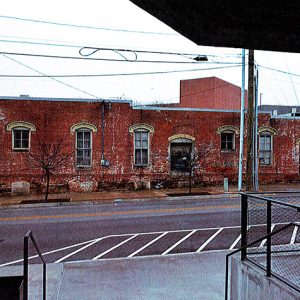 Vernon & Moore-McIlroy Produce Warehouse
Vernon & Moore-McIlroy Produce Warehouse
Vernon and Moore-McIlroy Produce Warehouse
Villa Marre
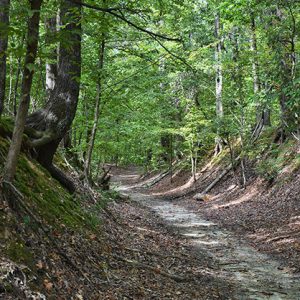 Village Creek Segment of the Memphis to Little Rock Road
Village Creek Segment of the Memphis to Little Rock Road
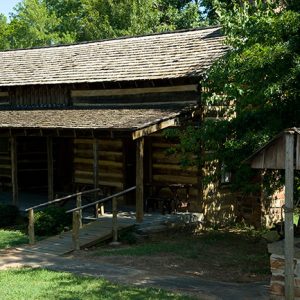 Vineyard Cabin
Vineyard Cabin
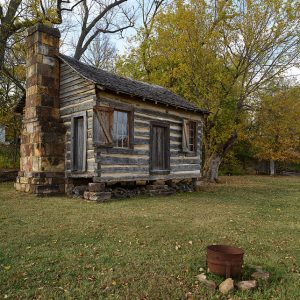 Vintage Cabin
Vintage Cabin
 Vocational Agriculture Building
Vocational Agriculture Building
W. H. Allen House
W. H. Young House
 Wabbaseka United Methodist Church
Wabbaseka United Methodist Church




